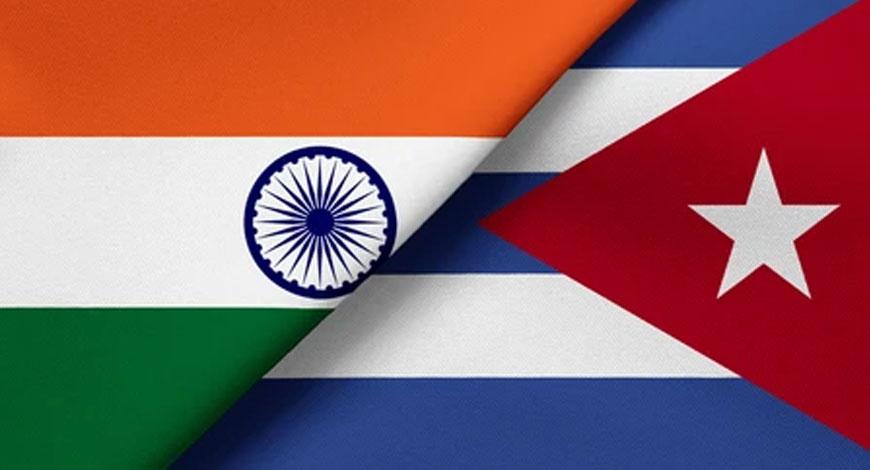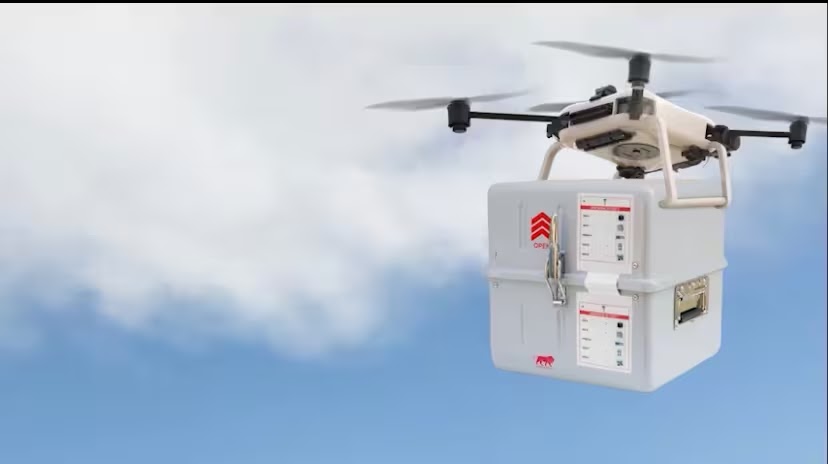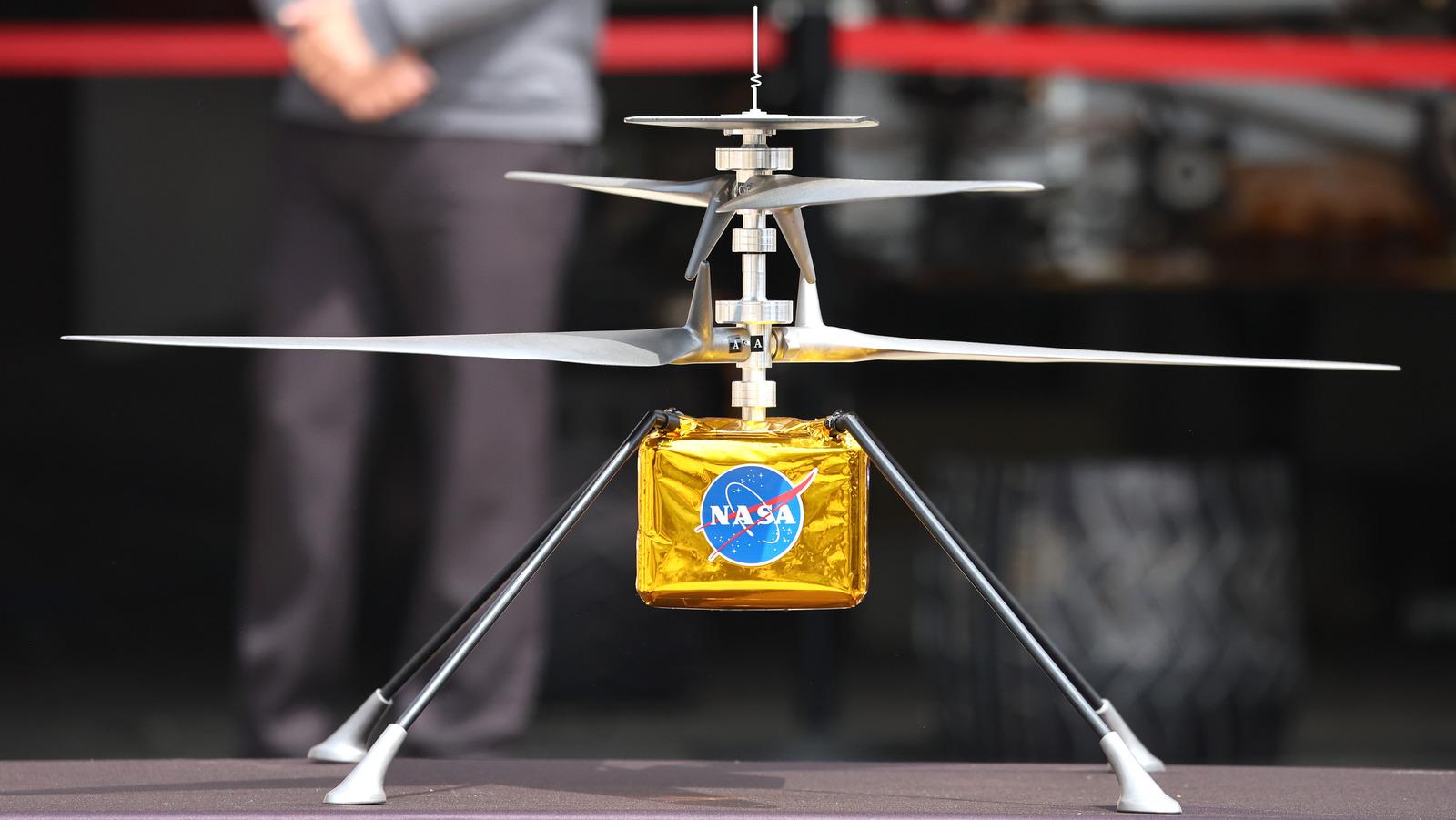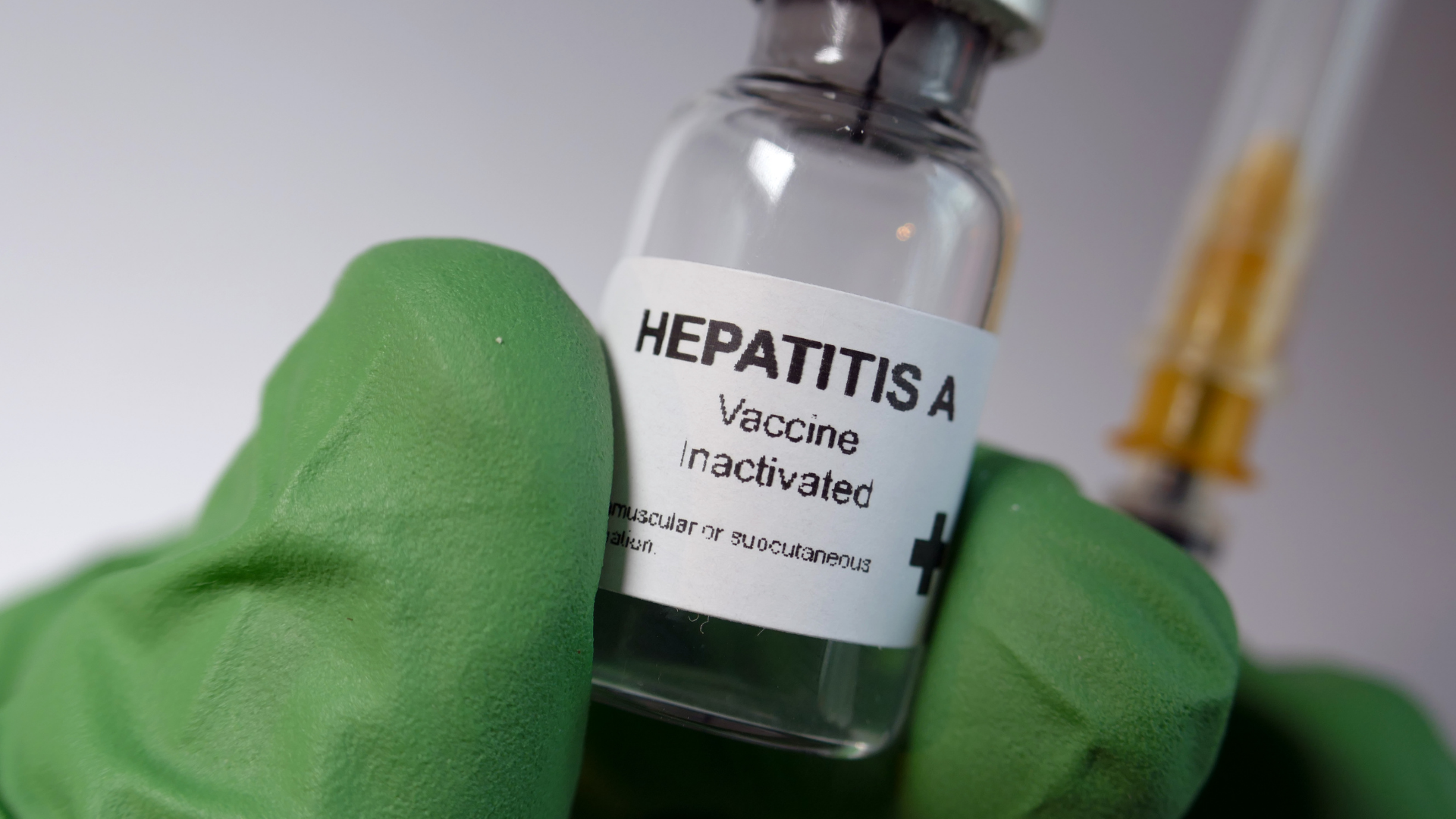Davos meeting 2024: 5 key takeaways (Indian Express)

- 22 Jan 2024
Why is it in the News?
This year’s edition of the World Economic Forum (WEF) annual meeting was held from January 15 to January 19.
Key Highlights from Davos Meeting 2024:
- Artificial Intelligence (AI): The focal point of discussion at this year's World Economic Forum (WEF) meeting was Artificial Intelligence (AI).
- Conversations delved into its transformative potential for human welfare, addressing concerns such as the necessity for regulation, apprehensions about job losses, risks associated with impersonation and misinformation, and the potential exacerbation of inequalities.
- Despite acknowledging these challenges, participants generally agreed that the positive aspects of AI outweigh the negatives, with no substantial threat to human intelligence.
- War and Uncertainty: The summit underscored the risks emanating from a delicate geopolitical landscape, ongoing conflicts in the Middle East and Europe, threats to global supply chains, and uncertainties surrounding food security.
- Notably, the head of the Palestine Investment Fund estimated a requirement of at least $15 billion solely for the reconstruction of houses in Gaza.
- However, Arab states asserted their reluctance to fund reconstruction without a guarantee of lasting peace.
- Climate: The imperative for businesses to adapt to climate change and nations to collaborate despite differences in combating it emerged as another key theme.
- Discussions emphasized the necessity for developed countries to assist in financing climate action in developing nations to prevent a widening inequality that could result in winners and losers.
- China's Economy: Against the backdrop of a slowing economy, China sought increased investment from the West, which has experienced some cooling.
- With a GDP growth of 5.2% in 2023, still below pre-pandemic levels, China grappled with efforts by the United States to isolate it, particularly evident in the semiconductor trade standoff.
- India-Specific Observations: McKinsey and Company's assessment of Davos 2024 highlighted India's rapid transformation as one of the fastest-growing large economies globally.
- The summit marked the launch of the Global Good Alliance for Gender Equity and Equality, endorsed by the WEF and the Government of India.
- Originating from the G20 Leaders' Declaration, the alliance aims to bring together global best practices, knowledge sharing, and investments in women's health, education, and enterprise.
- Supported by the Bill and Melinda Gates Foundation, the alliance will be hosted by the CII Centre for Women Leadership, with the World Economic Forum as a 'Network Partner' and Invest India as an 'Institutional Partner.'
About the World Economic Forum:
- The World Economic Forum is the International Organization for Public-Private Cooperation.
- The Forum engages the foremost political, business, cultural and other leaders of society to shape global, regional and industry agendas.
- It was established in 1971 by German engineer and economist Klaus Schwab.
- It is a not-for-profit foundation and is headquartered in Geneva, Switzerland.
- The Forum strives in all its efforts to demonstrate entrepreneurship in the global public interest while upholding the highest standards of governance.
Reports released by WEF:
-
- Global Gender Gap Index
- Global Risks Report
- Fostering Effective Energy Transition Report
- Global Cyber Security Outlook
- Global Competitiveness Report
- Travel and Tourism Development Index
About Davos Meet:
- The World Economic Forum (WEF) organizes a meeting annually at the end of January in Davos, a mountain resort in Graubünden, in the eastern Alps region of Switzerland.
- The Annual Meeting, also known as the Davos Agenda, has the objective of orienting global leaders on the imperatives of the year ahead.
- This year's theme for the Annual Meeting in Davos is 'From Lab to Life: Science in Action'.
MeitY signs MoU with Cuba for cooperation on digital public infrastructure (ET)

- 22 Jan 2024
Why is it in the News?
India and Cuba have signed an MoU for cooperation in the field of sharing successful digital solutions implemented at the population scale for digital transformation.
India and Cuba Bilateral Relations:
- India and Cuba share a robust and longstanding diplomatic camaraderie, marked by warmth and amity.
- In a gesture of early support, India was among the first nations to acknowledge and establish relations with the new Cuban government post the revolutionary events in January 1959.
- Trade Dynamics: The bilateral trade engagement, while moderate, exhibits a diverse array of commodities.
- India exports pharmaceutical products, organic chemicals, plastic goods, medical equipment, engineering items, textiles, metal products, mineral oil products, and tools to Cuba.
- Conversely, Cuba primarily imports pharmaceuticals and tobacco products from India.
- Energy Partnership: A pivotal facet of India-Cuba relations is their collaboration in the energy sector.
- As a member country and Vice-President of the Latin America & the Caribbean region at the International Solar Alliance (ISA), Cuba plays a significant role in fostering energy cooperation between the two nations.
- Advancements in Science & Technology, Biotechnology, and Health: The bilateral relations in the domains of science, technology, and health have been fortified through ministerial-level visits from both nations.Development Collaboration: Prioritizing development assistance has been a cornerstone of their bilateral ties.
- India has extended disaster relief assistance to Cuba in the aftermath of hurricanes that have afflicted the region over the years.
- Cultural Relations: Cuban appreciation for Indian culture and civilization is evident, with figures like Mahatma Gandhi, Jawaharlal Nehru, and Rabindranath Tagore holding a special place in Cuban hearts.
- Indian Diaspora: Although the Indian community in Cuba is relatively small, it includes descendants of Indians who migrated to Cuba in the early twentieth century from Jamaica and other parts of the West Indies to contribute to sugarcane plantations.
What is Digital Public Infrastructure (DPI)?
- DPI is a digital network that enables countries to safely and efficiently deliver economic opportunities and social services to all residents.
- DPI can be compared to roads, which form a physical network that connects people and provides access to a huge range of goods and services.??
- DPI allows people to open bank accounts and receive wages faster and more easily.
- It allows governments to support citizens more quickly and efficiently, especially during emergencies.
- And it enables entrepreneurs to reach customers far and wide.??
- A strong DPI has three foundational systems—identity, payments, and data exchange—that together can make life easier in important ways.?
- When the three core systems—identity, payments, and data exchange—exist simultaneously and can talk to one another, people, businesses, and governments can reap the full benefits of DPI.
- Over time, safe and inclusive DPI creates vibrant and competitive economies.?
Indigenous mobile hospital saves life at ‘Pran Pratishta’ event in Ayodhya (The Hindu)

- 22 Jan 2024
Why is it in the News?
An Indigenous mobile hospital at the 'Pran Pratishta' event in Ayodhya played a life-saving role as 65-year-old Dharmacharya Pramukh and VHP member Ramkrishna Srivastava, experiencing a heart attack and sudden medical emergency, collapsed unconscious.
What is Aarogya Maitri Aid Cube?
- It is India’s first portable hospital that can be airlifted to a disaster area and assembled in an hour.
- This “flatpack” field hospital consists of 72 small cubes equipped with tents and customised medical equipment.
- It is built under the Bharat Health Initiative for Sahyog Hita and Maitri (BHISHM) and the hospital is reportedly designed to treat up to 200 patients.
- The cubes, each of which weighs below 15kg and measures 38cm x 38cm x 38cm, are resilient enough to be dropped from a plane or helicopter.
- The ‘Aarogya Maitri Cube Cage’ has three frames containing 12 mini-cubes.
- A single cage can fit a total of 36 mini-cubes.
- At least five trained people are needed to assemble the cubes into a functional hospital in an hour.
- These cubes can be flown to a war zone or a remote area hit by natural disasters such as earthquakes and floods.
- The product was developed under Prime Minister Narendra Modi’s ambitious ‘Project BHISHM’ which aims to support developing countries affected by natural disasters or humanitarian crises.
How the portable hospital will help?
- The portable hospital is capable of facilitating life-saving surgery on remote and tough terrains.
- The 72 cubes contain different equipment such as portable ventilators, solar panel-based generators, ultrasound machines, digital imaging radiography machines, defibrillators, high-mounted OT lights, stretchers, modern surgical devices, and portable laboratories.
- A line of Ayurvedic products was added to the list of items in the cubes at the suggestions of PM Modi.
- “HLL Life Care is the government’s nodal agency for sourcing the Aarogya Maitri Cube, whereas the manufacturing has been undertaken by multiple sellers as it includes a variety of products.
- Billed as the “world’s first portable disaster hospital”, the kit is waterproof and corrosion-proof.
- A tablet computer is installed inside the cube pack to prevent mistakes while setting up the structure.
- If the immediate need at the site is for life-saving surgery, then the operating theatre can be assembled first. This takes just 10 minutes. The doctors can start surgery while the remaining cubes are assembled.”
- The portable hospital can “provide critical medical care to 100 survivors for up to 48 hours, making it a lifeline on remote and tough terrains where immediate medical attention is needed. The cubes [which are self-sustained healthcare units] can handle bullet, burn, head, spinal and chest injuries, fractures, and major bleeding.
- India is now equipped and ready to supply this to any country in need.
- t can also be utilised in regions across India that need medical support due to epidemics, high elevations, or challenging landscapes.
- This could play a significant role in the management of public health.
- As a goodwill gesture, India has already given two Aarogya Maitri Cubes to Myanmar and one is being prepared for Sri Lanka.
After tiny chopper Ingenuity, NASA planning to send giant fixed-wing plane Maggie to Red Planet (TOI)

- 22 Jan 2024
Why is it in the News?
In its pursuit of extensively exploring Mars to find signs of water, Nasa is considering a proposed idea to send a giant fixed-wing plane to the Red Planet.
What is Ingenuity Mars Helicopter?
- The Ingenuity Mars Helicopter is a small, autonomous aircraft that is part of NASA's Mars 2020 mission.
- It was deployed to the surface of Mars on April 3, 2021, and made its first powered, controlled flight on another planet on April 19, 2021.
- Ingenuity is a technology demonstration mission, and its main goal is to show that powered flight is possible on Mars.
- The helicopter has four carbon-fiber blades creating enough lift to overcome the thin Martian atmosphere.
- It is powered by solar cells and can fly for up to 90 seconds at a time.
- Since its first flight, Ingenuity has completed 72 flights, far exceeding its original planned five flights.
- It has flown a total of 17 km and reached an altitude of 24 m.
- The helicopter has also helped to scout ahead for the Perseverance rover, taking images and collecting data from areas that the rover cannot reach.
- Ingenuity's success has paved the way for future aerial exploration of Mars.
- Future helicopters could be used to scout for landing sites, study the Martian surface in more detail, and even carry small payloads of scientific instruments.
About Perseverance Rover:
- Perseverance is a robotic rover exploring Jezero Crater on Mars as part of NASA's Mars 2020 mission.
- Launched on July 30, 2020, it successfully landed on February 18, 2021, making it the most sophisticated and heaviest rover ever sent to Mars.
Mission Highlights:
- Seeking signs of ancient microbial life: Perseverance is equipped with several instruments to analyze Martian rocks and soil for potential signs of past life.
- Collecting rock samples: The rover drills and collects rock samples that will be cached on Mars for potential return to Earth by future missions.
- Testing technology for future missions: Perseverance is demonstrating new technologies that will be crucial for future human exploration of Mars, such as the MOXIE instrument that produces oxygen from the Martian atmosphere and the Ingenuity helicopter, the first powered aircraft to fly on another planet.
- Perseverance Achievements:
- Finding evidence of an ancient lake in Jezero Crater that may have been habitable for microbial life.
- Collecting the first rock samples from Mars that will be returned to Earth.
- Demonstrating the feasibility of using a helicopter on Mars (the Ingenuity helicopter hitched a ride with Perseverance).
Indian Immunologicals rolls out indigenously developed Hepatitis A vaccine (Financial Express)

- 22 Jan 2024
Why is it in the News?
Indian Immunologicals Ltd (IIL), a wholly-owned subsidiary of the National Dairy Development Board (NDDB) recently announced that it has launched India’s first indigenously developed Hepatitis A vaccine, Havisure.
About Havisure Vaccine:
- The vaccine is effective in preventing the disease and is recommended for children in routine immunization.
- It is a two-dose vaccine wherein the first dose is administered at above 12 months of age and the second dose is given at least after 6 months of the first dose.
- The vaccine is also recommended for individuals who are at risk of exposure or travel to the regions with high hepatitis A prevalence.
- In addition to this people with occupational risk of infection and suffering from chronic liver diseases also need Hepatitis A vaccination.
Key Facts About Hepatitis A:
- Hepatitis A is an inflammation of the liver caused by the hepatitis A virus (HAV).
- The virus is primarily spread when an uninfected (and unvaccinated) person ingests food or water that is contaminated with the faeces of an infected person.
- The disease is closely associated with unsafe water or food, inadequate sanitation, poor personal hygiene and unprotected sex.
- Unlike hepatitis B and C, hepatitis A does not cause chronic liver disease but it can cause debilitating symptoms and rarely fulminant hepatitis (acute liver failure), which is often fatal.
- Hepatitis A occurs sporadically and in epidemics worldwide, with a tendency for cyclic recurrences.
- Epidemics related to contaminated food or water can erupt explosively, such as the epidemic in Shanghai in 1988 that affected about 300,000 people.
- They can also be prolonged, affecting communities for months through person-to-person transmission.
- Hepatitis A viruses persist in the environment and can withstand food production processes routinely used to inactivate or control bacterial pathogens.
- Geographical distribution: Infection is common in low- and middle-income countries with poor sanitary conditions and hygienic practices, and most children (90%) have been infected with the hepatitis A virus before the age of 10 years, most often without symptoms.
- Transmission: The hepatitis A virus is transmitted primarily by the fecal-oral route; that is when an uninfected person ingests food or water that has been contaminated with the feces of an infected person.
- In families, this may happen through dirty hands when an infected person prepares food for family members.
- Waterborne outbreaks, though infrequent, are usually associated with sewage-contaminated or inadequately treated water.
- Symptoms: Symptoms of hepatitis A range from mild to severe and can include fever, malaise, loss of appetite, diarrhoea, nausea, abdominal discomfort, dark-coloured urine and jaundice (yellowing of the eyes and skin).
- Not everyone who is infected will have all the symptoms.
- Treatment: There is no specific treatment for hepatitis A.
- Recovery from symptoms following infection may be slow and can take several weeks or months.
- Prevention: Improved sanitation, food safety and immunization are the most effective ways to combat hepatitis A.
